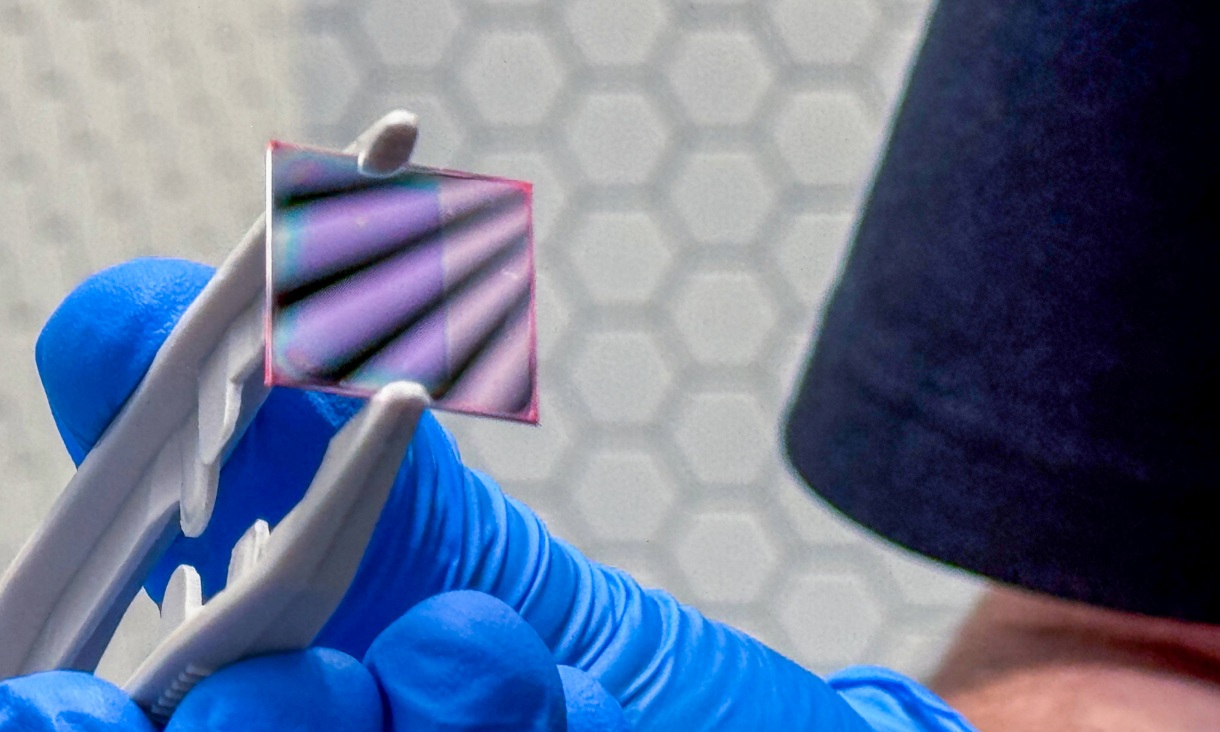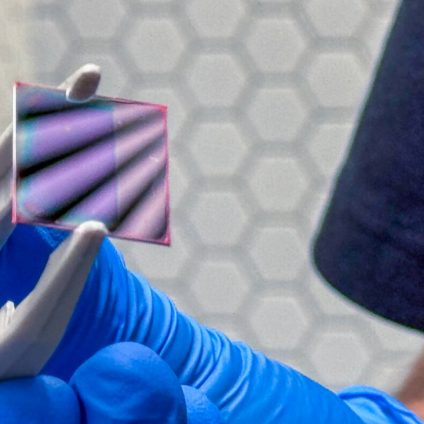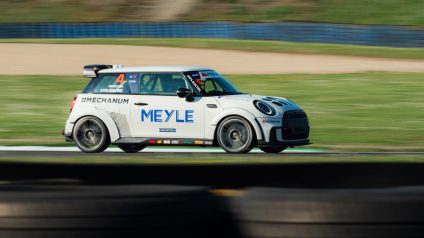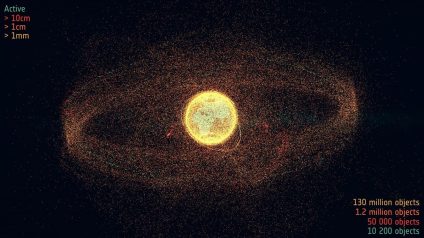Quantum battery stores energy 1,000 times longer thanks to new research, marking a major step toward practical use in solar cells and microelectronics

Potentially faster to charge and more efficient than traditional batteries, quantum batteries have long struggled with rapid energy loss from radiative emission. But a new study from Australia has extended quantum battery charge duration by over 1,000 times, reaching levels never achieved before.
A new era for the quantum battery is approaching
Quantum batteries could revolutionize energy storage as we know it, offering unmatched benefits in energy density and charging speed. Yet they remain confined to the lab.
These next-generation storage devices, built on the principles of quantum mechanics, have made slow but significant strides in recent years. The latest comes from Australia, where researchers at RMIT University and CSIRO, the national science agency, have extended charge retention from nanoseconds to microseconds. That’s over a 1,000-fold improvement compared to previous attempts.
To understand the importance of this leap, we need to take a step back.
What is a quantum battery?
A quantum battery stores energy not through chemical reactions, but via quantum superposition and the interactions between light and electrons. Energy is stored in the excited states of quantum systems -such as atoms or molecules – and can be released by inducing transitions between these states.
Theoretically, these batteries charge faster as they scale up, thanks to quantum effects like entanglement and superabsorption. They may also store much more energy in a smaller volume than conventional batteries.
But real-world applications are still a challenge. The greatest difficulty lies in maintaining quantum coherence, or the ability of the system to exist in multiple quantum states simultaneously. Moreover, every component must stay entangled with one another and with the charging mechanism itself.
The other side of superabsorption
Superabsorption is a double-edged sword. While it allows for ultrafast charging, it also causes superradiance, which drains stored energy quickly through radiative losses. Devices built so far have charged impressively fast, but they also discharged rapidly, losing energy almost as fast as they gained it.
This is where the new Australian research comes in.
A more stable quantum battery
The team focused on a Dicke-model-based quantum battery that uses organic microcavities to enable superabsorption. Specifically, they examined a multilayer microcavity where one active layer absorbs energy and transfers it to triplet states in a separate storage layer.
Their research identified two pathways for this energy transfer, both based on exciton-polariton resonances. They found that maximum energy storage occurs when the polariton and the triplet state are matched in energy.
The result? A battery that retained energy for 1,000 times longer, extending charge duration from nanoseconds to microseconds.
“A functioning quantum battery may still be years away, but this experiment allowed us to design the next generation of devices,” said co-author and RMIT chemical physicist professor Daniel Gómez. “We hope quantum batteries will eventually boost solar cell efficiency and power small electronics.”












